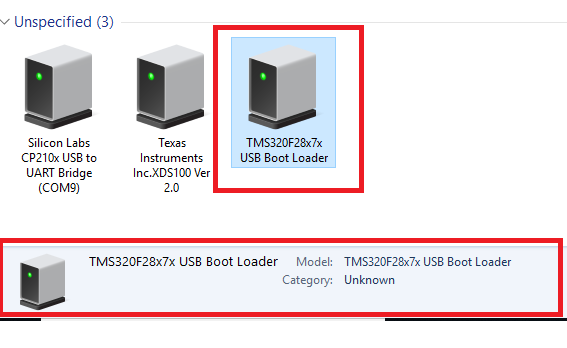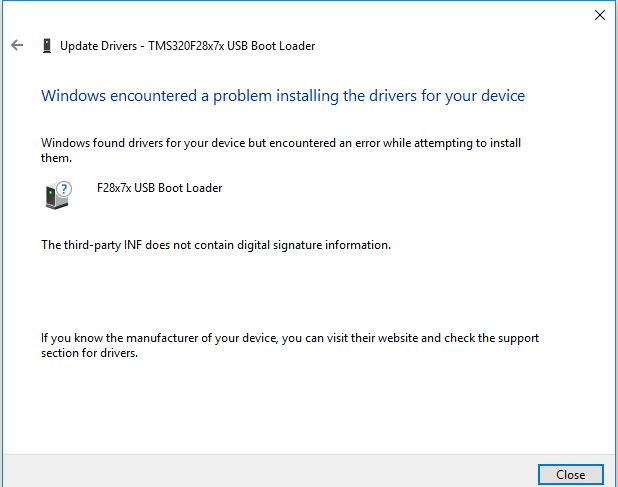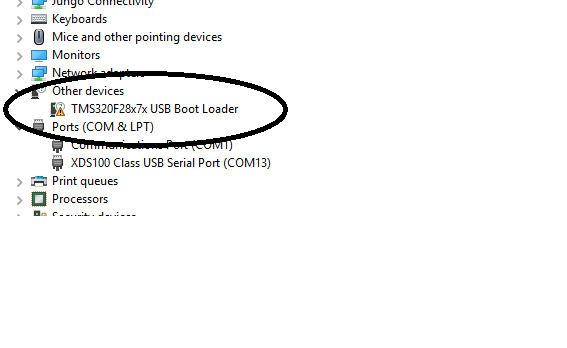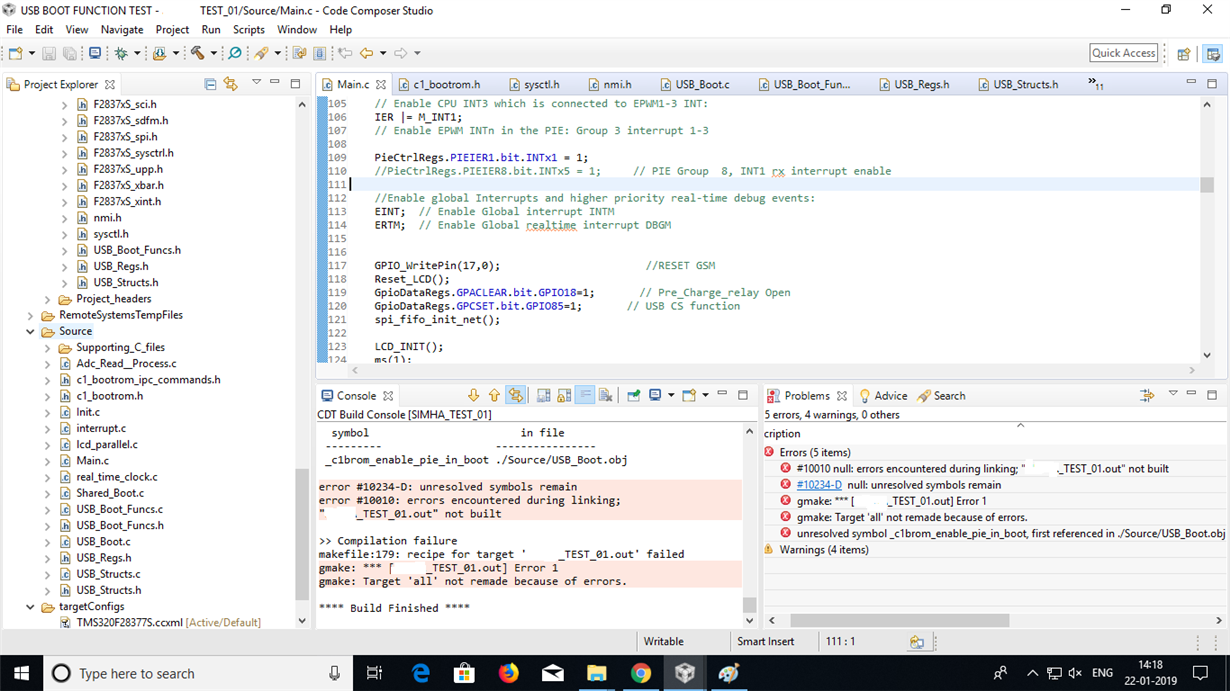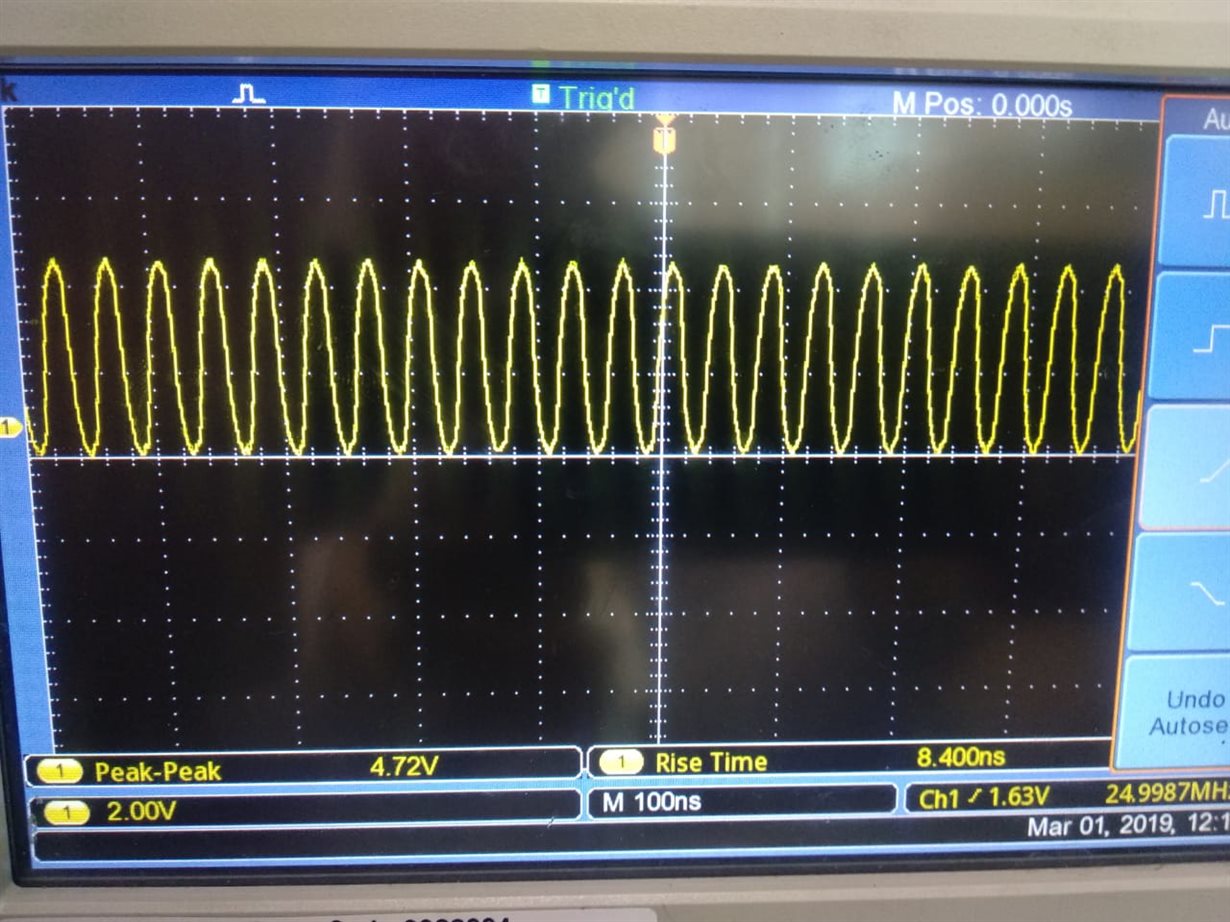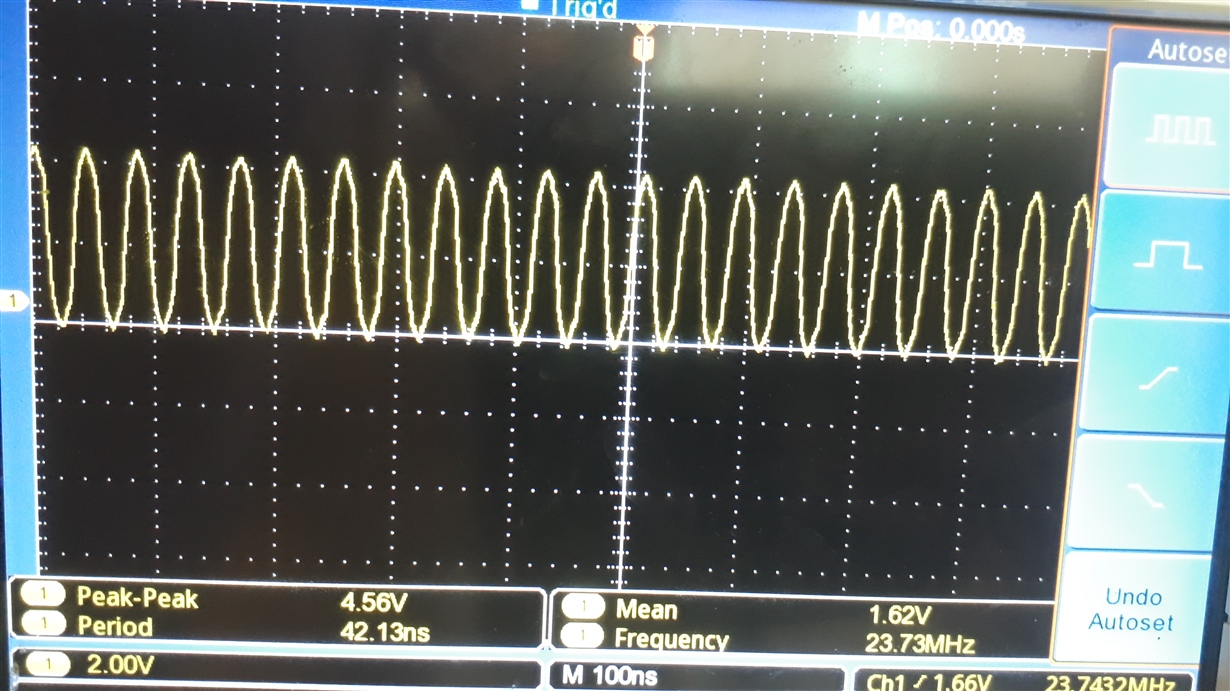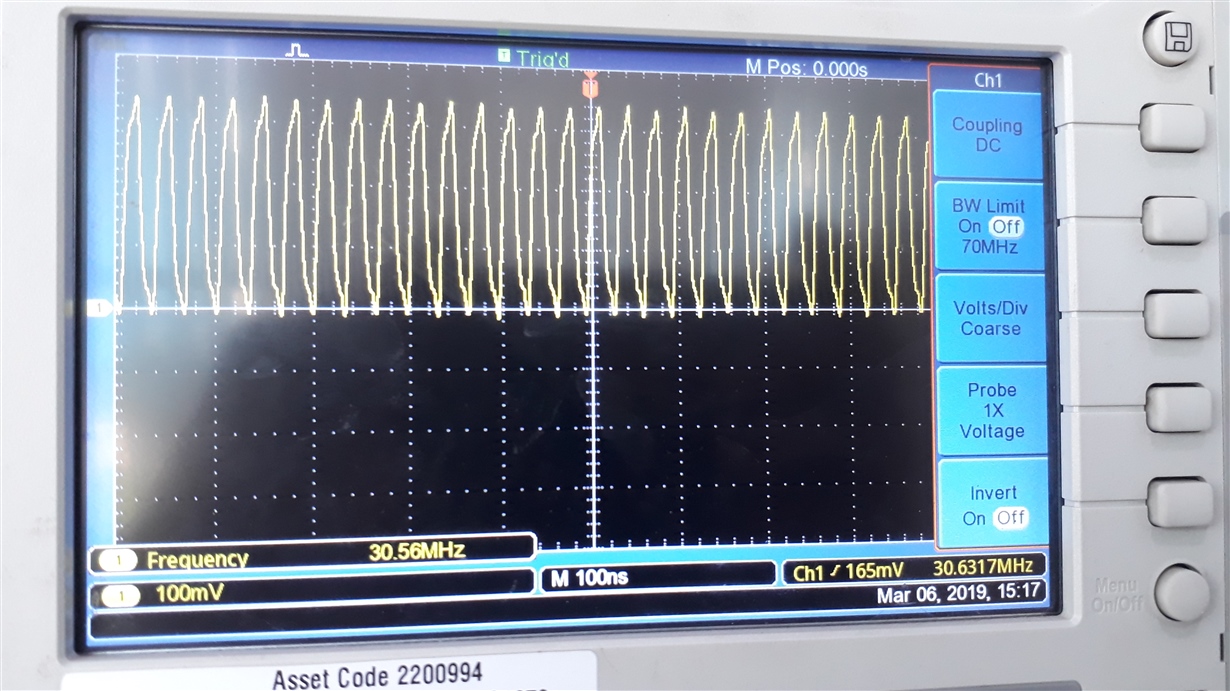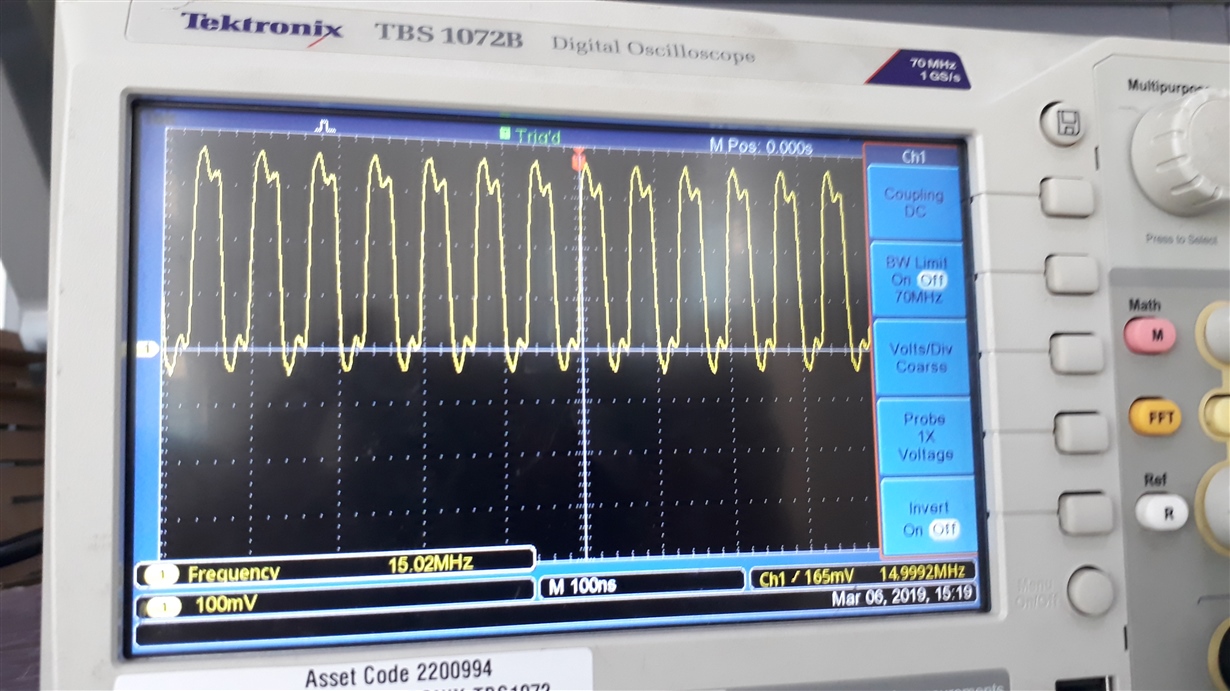Other Parts Discussed in Thread: C2000WARE,
Tool/software: Code Composer Studio
Hello,
I want to program flash using usb_flash_programmer provided in c2000. I connect my microcontroller with PC via USB and on PC message coming " TMS320F28X7X USB BOOT LOADER" (please see the screen shot)
But when I run usb_flash_programmer utility and use the example "blinky_cpu01" and "F2837xD_usb_flash_kernels_cpu01" using command "usb_flash_programmer.exe F2837xD_usb_flash_kernels_cpu01.dat blinky_cpu01.dat" then I getting message .
"
Error enumerating device interface: 0x0103
This may mean that the device is not attached or the driver is not installed
Error: Couldn't open the USB device
PS C:\ti\c2000\C2000Ware_1_00_06_00\utilities\flash_programmers\usb_flash_programmer>
"
I think this error come because I am using example file for F2837xD and I am using TMS320F28377S. So please tell how to generate .dat files both files for TMS320F28377S.


